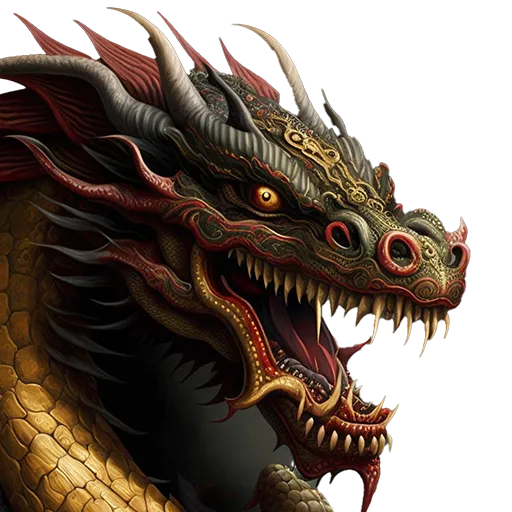Luohan Quan (罗汉拳) – The Arhat Style of Shaolin Gong Fu
Many Chinese martial arts systems owe their origins to the famed Shaolin Temple in Henan Province. The Arhat or Luohan Gong Fu Style is perhaps the oldest of all these systems. From Shaolin, the Luohan Style spread widely. Over time, different variations developed and blended with other styles of Gong Fu. There is even a…
